In the quest to learn the best techniques, many folks overlook the most important concept to learning: comprehension. In no place do I see this better illustrated in the shooting world than when it comes to trigger control. From a principal point of view, trigger control is defined as discharging the firearm with consistent force applied to the trigger with minimal disruption to the sighting system. That’s it in a nutshell. But, that is only part of the story, and a small part at that. Trigger control starts by understanding there are a lot of variables at play: grip size, hand size and hand strength, to name few. Don’t be fooled into thinking there is a universal remedy. There’s really not, but there are guardrails to stay on the track. The two biggest guardrails are to stop thinking and start observing.
There is the obligatory portion of this article that must be stated first. They are subjects such as how to apply force and how much to the trigger, proper position of the trigger finger on the trigger and the speed the trigger finger should move to make an accurate shot. The problem with these subjects is how specific they are to the shooter, their equipment and the shot required. I typically start classes by watching students perform first to see what they bring to the table. I abide by the “if it ain’t broke, don’t fix it” maxim. We might make improvements, but we are looking for major issues that prevent further growth. I use specific evaluation drills to give me a good starting point or baseline.
Over the years I’ve discovered trigger-control problems fall into a few mistake categories: The top three mistakes we see are improper trigger-finger placement, incorrect aiming and excessive force on the trigger. The last error is the hardest to correct, and I’m convinced it can only be remedied when the student can see the error being committed in real time.
There are dozens of mnemonics used to help new and even seasoned students learn and apply proper trigger control, with phrases such as “front sight, press” or “sights, trigger, fire” as examples. On the surface, there is nothing wrong with these as early teaching aides—think of them as training wheels when starting out. The point behind their usage is to connect the conscious mind with the subconscious mind, to ultimately reach automaticity of movement.
Once the fundamentals are understood and you can do so subconsciously, experiencing what good shooting “feels like” will take your marksmanship to the next level.
If you are trying to learn something for the first time, you could try and try and try again until at some point in the future you figure it out. I admit I’m like this in many ways. There is something rewarding about figuring it out on your own, but it is not without its frustrations—literally. For the last decade or longer I’ve been more interested in the fastest process toward achieving a modicum of competency, so I can learn when and why I’m doing it wrong. I was first exposed to this model of learning with a barbell. Why I love sharing this learning model in my instruction is because I see how it works. When the barbell gets to the maximal loads, there is no thinking involved. In those milliseconds, it is all instinct. Successful lifts within personal records (PR) weight are not always because of strength alone, it’s because there’s no longer any thought about the bar’s path.
I see shooting as very similar in this sense. When I got out of my own head and also stopped trying to think through the related sequences, I subsequently saw an impressive display of skill. I was allowing my body to do what it was programmed to do, what it knows how to do; which is why I believe it is important to comprehend the fundamentals, practice them over and over, solicit advice and coaching; then get out of your own way. Of course, this implies the initial instruction was “correct.”
Something else I learned at my first my Olympic lifting clinic was how different we all are with regard to our strengths and weaknesses, and how important it is for the coaches to recognize their athletes and guide them to success. One of the best examples of this was warm-up exercises that specially conditioned the body to move properly through the movement phases or in isolation, then onto the skill-transfer drills that connect one phase with another, ultimately leading to the correct or successful lift. In shooting, I do something similar: The isolation and skill-transfer drills are a major part to getting to the start point. Once at the start point, stop thinking. Just do.
Once comfortable not thinking through trigger control, the next secret is allowed to begin—observing. There is nothing like walking downrange to see a perfect shot on target and wondering, “How’d I do that?” Everybody at some point has done this, but this is a good thing. It is good because it probably means no thought was involved. When I get out of my own way, it allows me to observe my actions in real time and to see mistakes in real time. That’s the key. If I cannot see the mistakes being made, it will be luck that fixes them, not effort. Once I’m in this state, it is the closest I can be to a true flow state. It is like staring into a flickering flame and being so engrossed, there is no looking away. That’s the metaphysical side, the physical side is sometimes referred to as hyperfocus. No matter how it’s defined or explained, the characteristics are what interest me.
Generally speaking, the activity must have some sort of clear goal to establish structure. Then, the individual must have a good balance between the challenges and skills. But, it is the last element that hooks me and draws me into the flow state. There must be clear and immediate feedback. There are times when I’m shooting or demonstrating, and I’m literally able to see the exact spot the rounds are impacting in almost slow motion. It is the craziest thing, which is why I associate it with staring at fire. At this intense level of focus, I’m able to observe so many things.

Proper subconscious shooting can lead to momentarily seeing various stages of firearm function, like muzzle blast and brass ejection.
Some examples are seeing the round impact the target or the dot move in my periphery, but my favorite is the casing ejecting. At times, I can recall seeing the headstamp in focus for a split second. A word of caution: There is no amount of effort or force that grants access to the zone. It is also easy to slip out of it if thoughts enter the mind. When I’m in this observation mode, not only do I see things happening, but things also happen correctly—or at least well enough for the current activity. It’s a great feeling, much like the perfect barbell lift.
What’s the best way to exploit these two secrets? It goes back to comprehension. Are proper trigger-finger placement, location and movement thoroughly understood? If not, study; ask questions or seek out qualified instruction. It will be very difficult to find a video that completely encapsulates the needs.
Practice, practice and practice. There is a lot of effort and work, but without this critical step, the next step is out of reach. Once the skills confidence exists, do not think. A ritual is a good way to clear the mind, or what I like to call “no mind.” For me, it is taking a deep breath. I’ve been doing this subconsciously all the way back to my active-duty days. I can specifically recall right before I’d jump out of an airplane, I’d take a deep breath and go. From there, my body just did what it was trained to. There were a few near accidents where I didn’t have time to think, only act, but I was successful be-cause I had the skills confidence.
When I’m teaching, I ask the students to immediately reflect upon their performance by asking these three questions: “What did I feel? What did I see? What did I do?” The feel is so important because it is the doorway to the subconscious mind or “no mind.” You can see the lightbulb moment in many of them and it is a beautiful thing.
Gold medals and trophies are not required to appreciate the flow state. Having skills confidence and the knowledge it exists is all it takes. Take the time to understand the material and ask questions for clarity. Learn what works, then practice. Dry fire is a good way to practice, but live fire is best. Don’t think or try not to think. Instead, just do. A big mistake is self-talk, both positive and negative, in the moment. (The times I’ve missed a shot were generally when I started thinking.) Then, enjoy the ride. Sit back and observe what is happening. What is observable, to what level of detail and for how long? One reason I favor higher-round-count drills is because they have a better chance of welcoming the flow state.
Don’t get discouraged if the flow state is elusive. It will come, when “no mind” exists, and it is such a beautiful thing.
Read the full article here

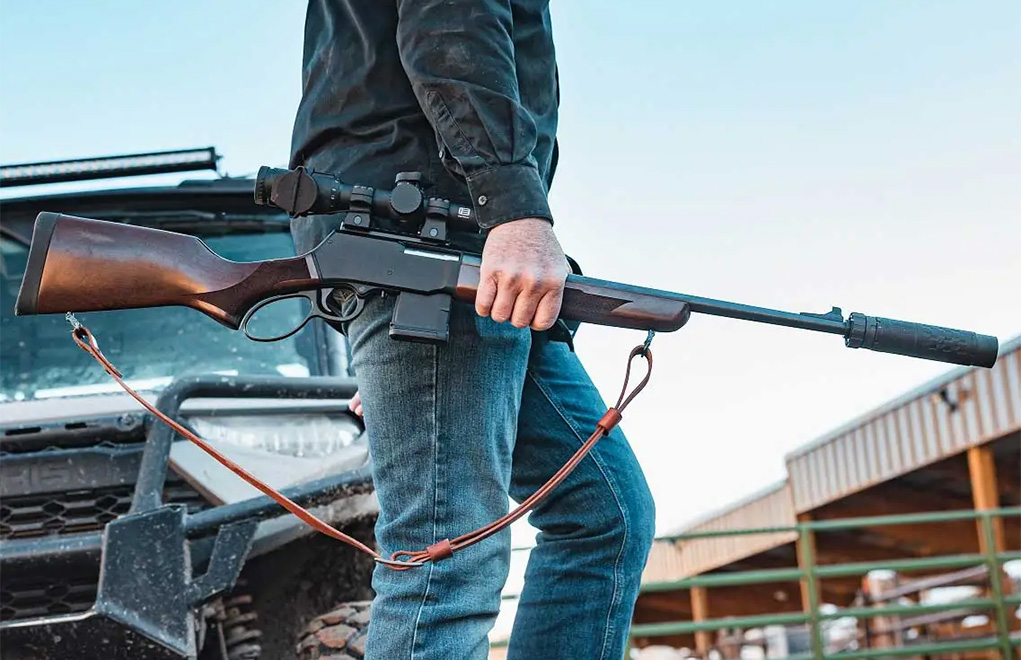










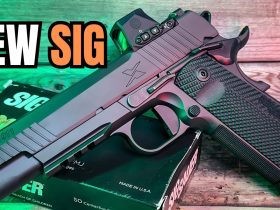
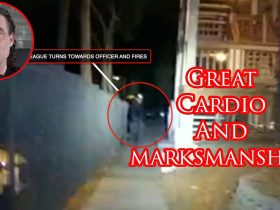
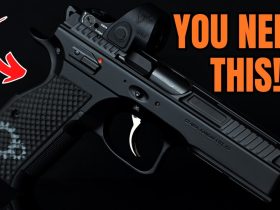

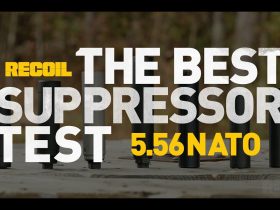

Leave a Reply